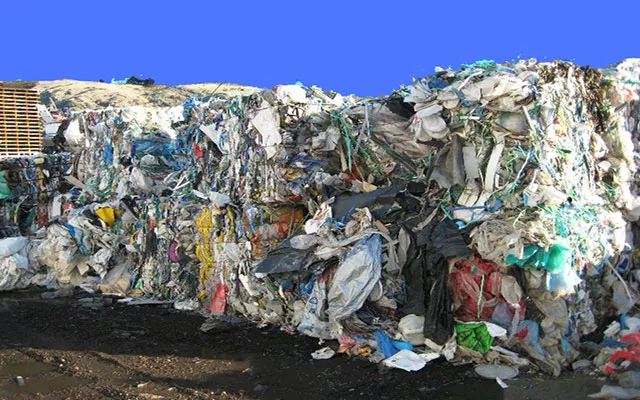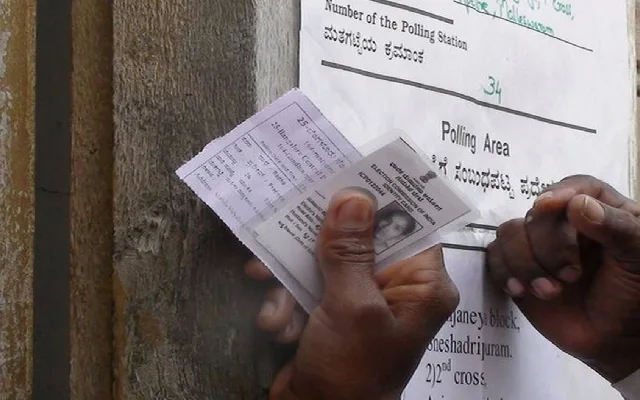 Washington: Early diagnoses of deadly diseases holds a vital key in ability of doctors to try and fend off the virus behind the disease and a new paper strip test developed by MIT researchers does just that. The new test can diagnose deadly Ebola, as well as other viral hemorrhagic fevers such as yellow fever and dengue fever, in just 10 minutes.
Washington: Early diagnoses of deadly diseases holds a vital key in ability of doctors to try and fend off the virus behind the disease and a new paper strip test developed by MIT researchers does just that. The new test can diagnose deadly Ebola, as well as other viral hemorrhagic fevers such as yellow fever and dengue fever, in just 10 minutes.
Currently utilised lab-based tests for Ebola are accurate, but they are time consuming as they involve sending patients’ blood samples to a lab that can perform advanced techniques such as polymerase chain reaction (PCR), which can detect genetic material from the Ebola virus. Some areas of Africa where Ebola and other fevers are endemic have limited access to this kind of technology.
“For many hemorrhagic fever viruses, like West Nile and dengue and Ebola, and a lot of other ones in developing countries, like Argentine hemorrhagic fever and the Hantavirus diseases, there are just no rapid diagnostics at all,” says Lee Gehrke, the Hermann L.F. von Helmholtz Professor in MIT’s Institute for Medical Engineering and Science (IMES).
The new paper-strip based test developed by MIT researchers relies on lateral flow technology, which is used in pregnancy tests and has recently been exploited for diagnosing strep throat and other bacterial infections.
Until now, however, no one has applied a multiplexing approach, using multicoloured nanoparticles, to simultaneously screen for multiple pathogens.
Unlike most existing paper diagnostics, which test for only one disease, the new MIT strips are colour-coded so they can be used to distinguish among several diseases.
To achieve that, the researchers used triangular nanoparticles, made of silver, that can take on different colours depending on their size.
The researchers created red, orange, and green nanoparticles and linked them to antibodies that recognise Ebola, dengue fever, and yellow fever.
As a patient’s blood serum flows along the strip, any viral proteins that match the antibodies painted on the stripes will get caught, and those nanoparticles will become visible.
This can be seen by the naked eye; for those who are colour blind, a cellphone camera could be used to distinguish the colours.
“When we run a patient sample through the strip, if you see an orange band you know they have yellow fever, if it shows up as a red band you know they have Ebola, and if it shows up green then we know that they have dengue,” Hamad-Schifferli said.
This process takes about 10 minutes, allowing health care workers to rapidly perform triage and determine if patients should be isolated, helping to prevent the disease from spreading further.
“As we saw with the recent Ebola outbreak, sometimes people present with symptoms and it’s not clear what they have,” said Kimberly Hamad-Schifferli, a visiting scientist in Massachusetts Institute of Technology’s Department of Mechanical Engineering and a member of the technical staff at MIT’s Lincoln Laboratory.
“We wanted to come up with a rapid diagnostic that could differentiate between different diseases,” Hamad-Schifferli said.
















